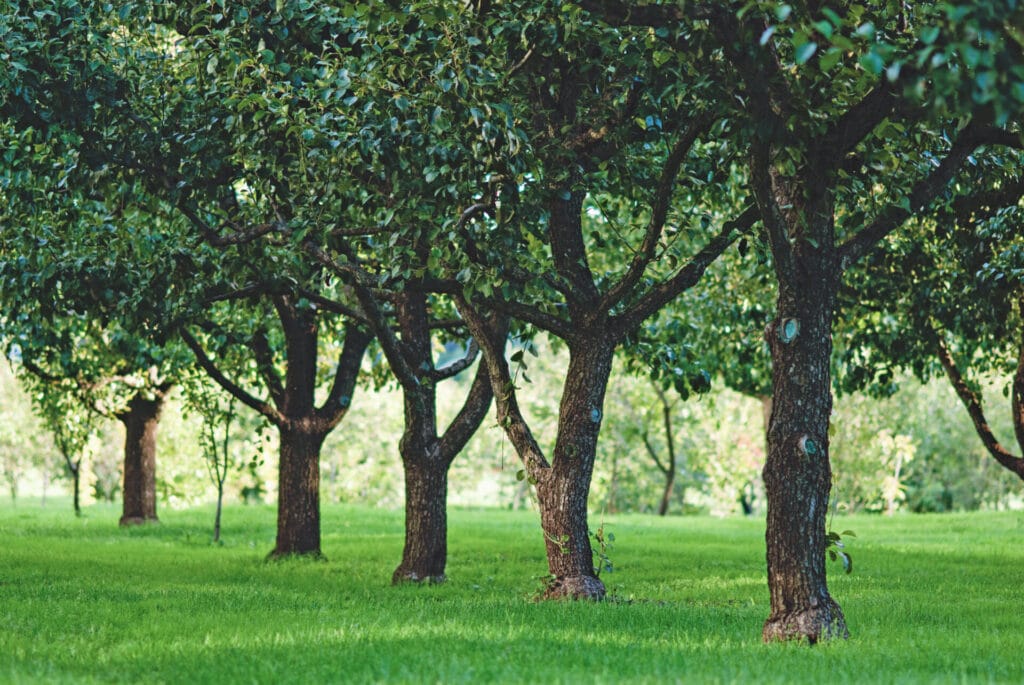
Trees are not just beautiful additions to the landscape; they are vital for our environment and well-being. In Austin, Texas, where the climate can be hot and arid, proper tree care is essential to ensure the health and longevity of these valuable assets. Whether you’re a homeowner, a business owner, or a property manager, understanding how to care for your trees can make a significant difference in their appearance and vitality. In this comprehensive guide, we’ll explore everything you need to know about tree care in Austin, Texas, from planting and pruning to pest control and maintenance.
Austin’s climate is characterized by hot summers, mild winters, and occasional droughts. When selecting trees for your property, it’s crucial to choose species that are well-suited to these conditions. Some excellent tree species for Austin include:
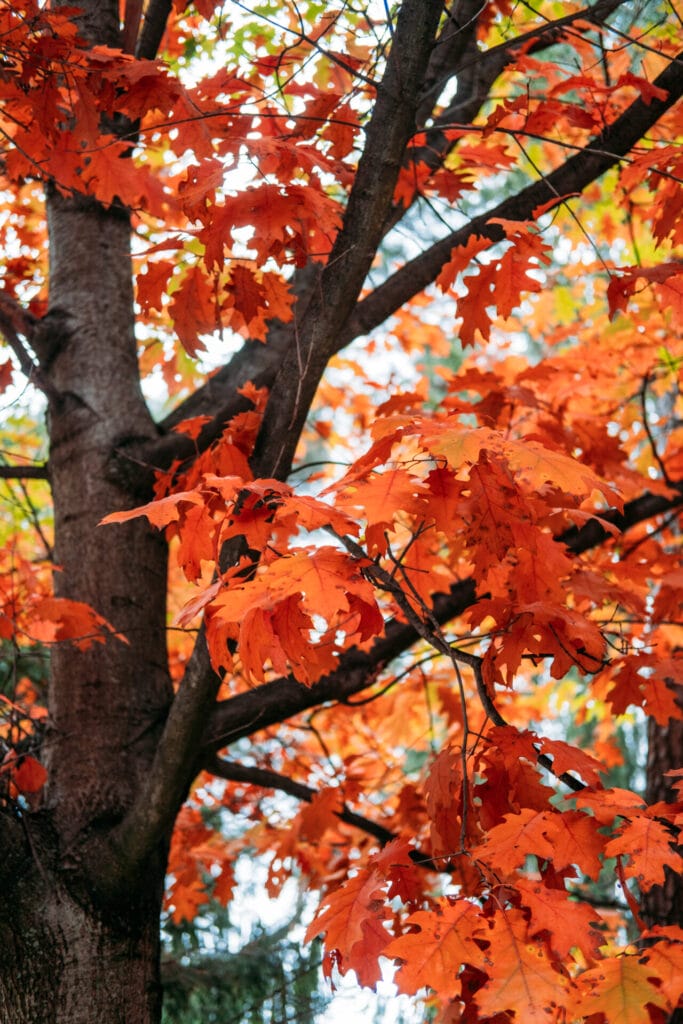
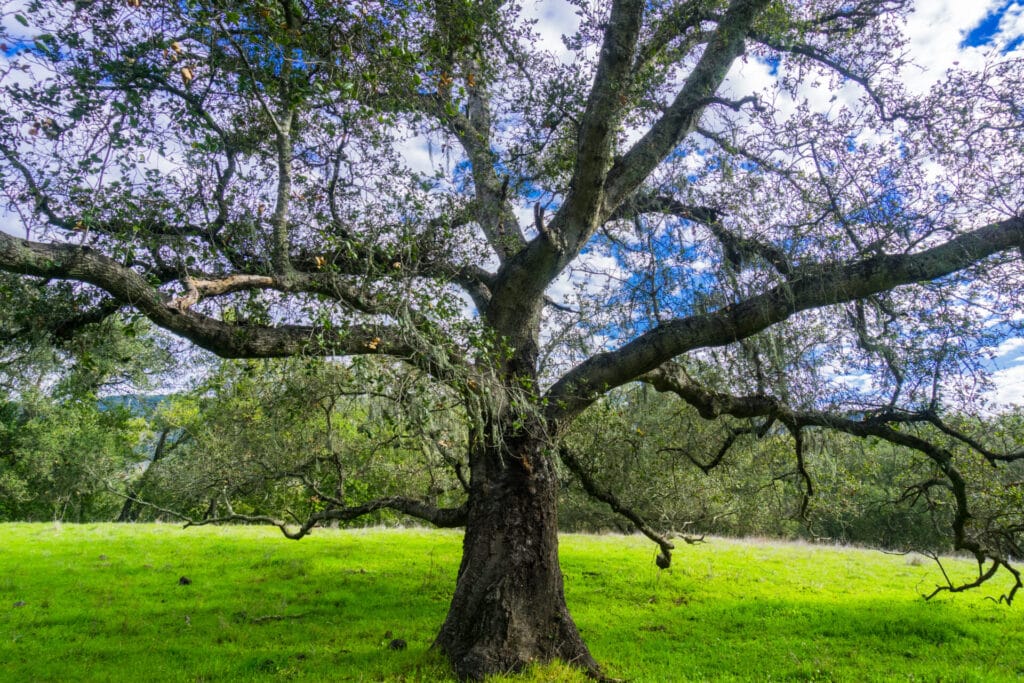
These trees are adapted to thrive in Austin’s climate and soil conditions, making them resilient choices for your landscape.
Proper planting is the foundation of healthy tree growth. When planting trees in Austin, follow these steps for success:
By following these planting guidelines, you can give your trees the best possible start in life.
Once your trees are planted, proper care is essential to ensure their health and vitality. Here are some essential tree care practices for Austin, Texas:
By incorporating these tree care practices into your routine maintenance plan, you can help your trees thrive in Austin’s challenging climate.
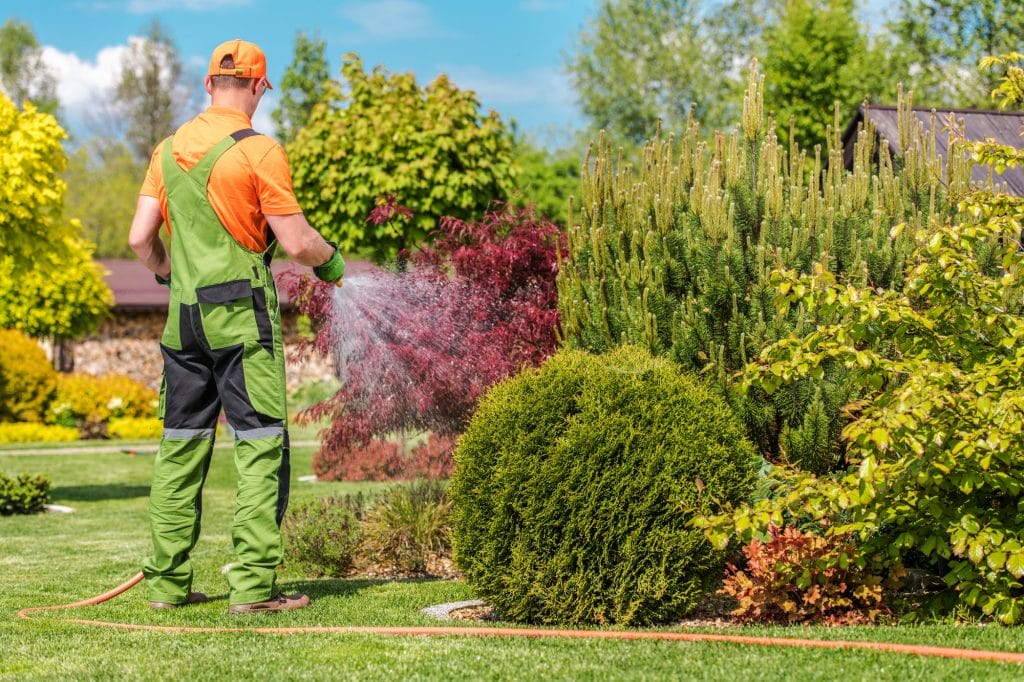
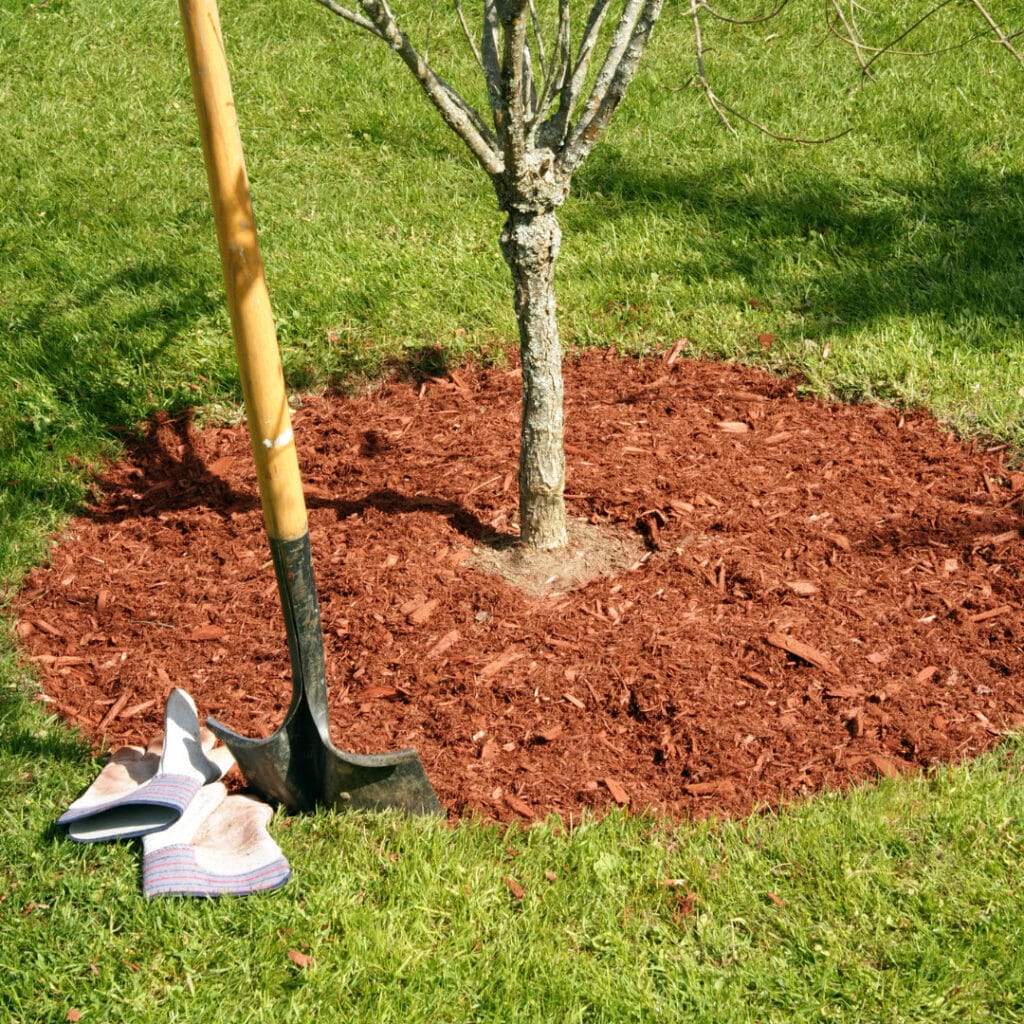
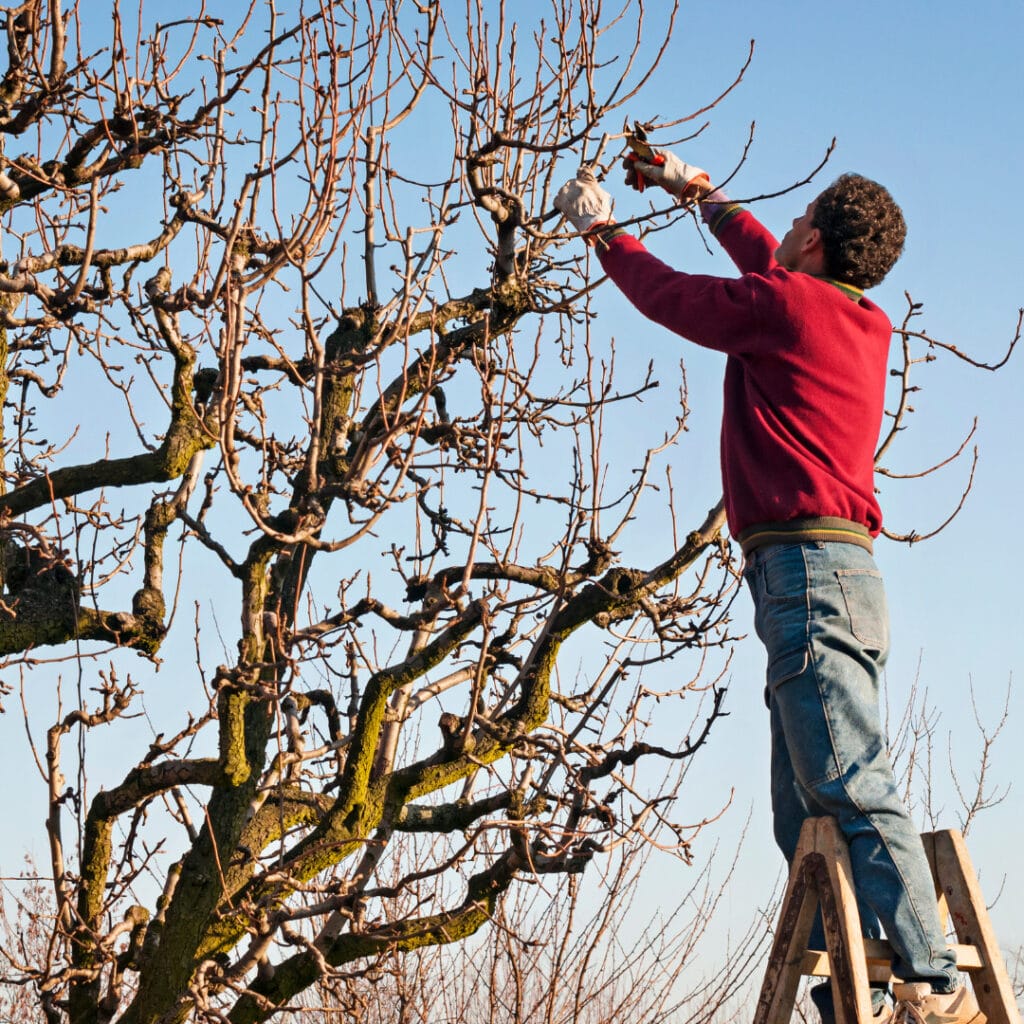
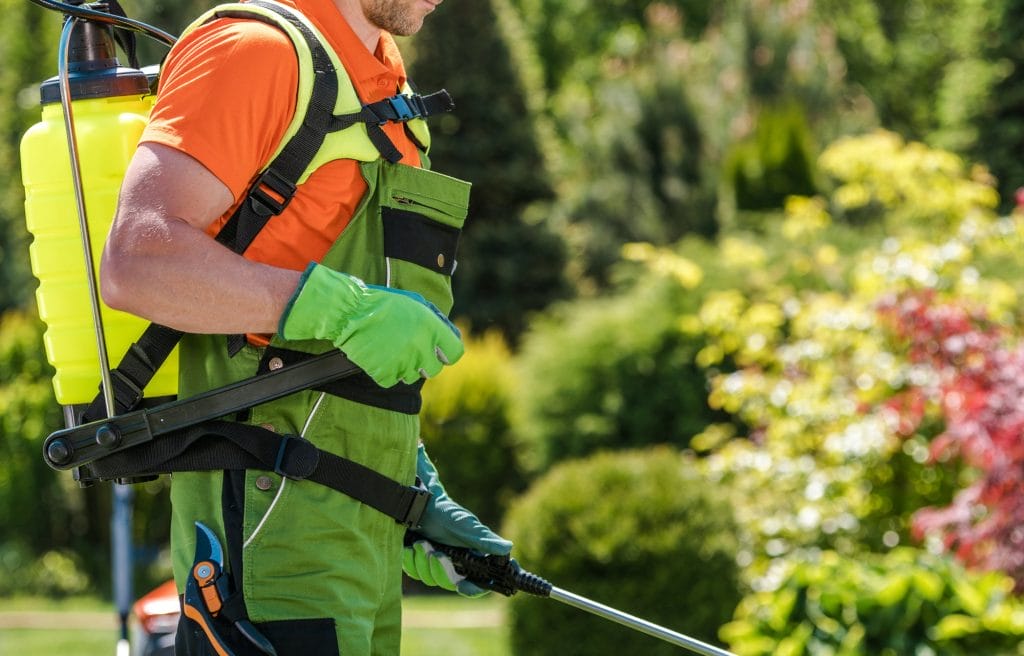
Despite your best efforts, trees in Austin may still encounter various problems. Some common issues to watch out for include:
By being proactive in identifying and addressing these common tree problems, you can help keep your trees healthy and resilient.
While many tree care tasks can be done by homeowners, some jobs are best left to the professionals. Hiring a certified arborist can ensure that your trees receive expert care and attention. When choosing an arborist in Austin, look for certifications from reputable organizations such as the International Society of Arboriculture (ISA) and the Tree Care Industry Association (TCIA). A qualified arborist can provide services such as tree pruning, pest management, disease diagnosis, and tree removal, helping you maintain healthy and beautiful trees for years to come.
Trees play a vital role in the beauty, health, and sustainability of Austin, Texas. By understanding the unique challenges and opportunities of tree care in this region, you can help ensure the long-term success of your trees. Whether you’re planting a new tree, maintaining an existing one, or addressing a problem, following best practices and seeking professional guidance when needed can make all the difference. With proper care and attention, your trees can thrive and contribute to the beauty and well-being of Austin for generations to come.